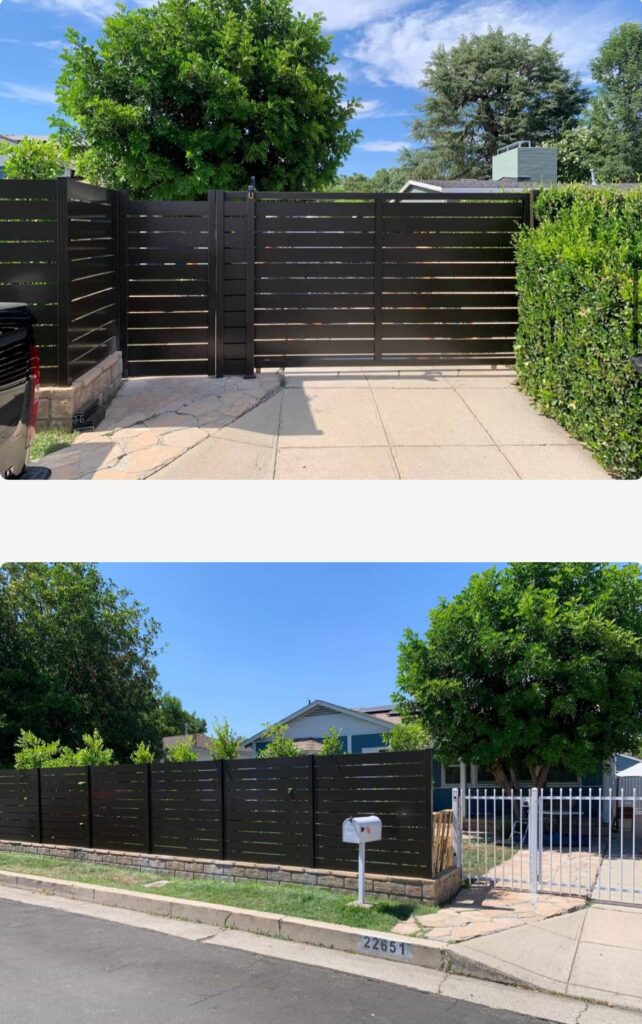Cable Repair: A Comprehensive Guide
Introduction:
Cable repair can be a daunting task, especially if you are unfamiliar with the process. But with the right information and tools, you can easily repair most cables yourself. This guide will provide you with detailed instructions on how to properly diagnose and repair various types of cables. We will discuss the different tools and materials you will need, the steps involved in the repair process, and the common problems associated with cable repair. We will also provide troubleshooting tips to help you identify the cause of the problem and repair it quickly and efficiently.
Understanding Cable Repair
Cable repair is the process of repairing or replacing damaged cables, such as electrical, audio, and video cables. This is usually done to restore the functionality of the cables and ensure that they are working properly. Understanding how to diagnose and repair cables is an important skill for those who work with audio and video equipment, as this helps to ensure that the equipment functions correctly.
Types of Cables and Tools Needed
There are many different types of cables that require repair, such as electrical, audio, and video cables. Each type of cable requires different tools and materials to repair it properly. It is important to identify the type of cable you are working with and to have the right tools and materials on hand. Common tools used in cable repair include wire strippers, crimpers, electrical tape, soldering iron, and soldering flux.
Diagnosing and Repairing Cables
Once you have identified the type of cable you are working with and have the right tools and materials, you can begin the process of diagnosing and repairing the cable. The first step is to determine the cause of the problem. This can be done by visually inspecting the cable and looking for signs of damage such as fraying or broken wires. Once the cause is identified, the repair process can begin. Depending on the type of cable, the repair process can involve cutting and stripping the wires, crimping new connectors, and soldering.
Common Problems and Troubleshooting Tips
When repairing cables, it is important to be aware of the common problems that may arise. These include poor connections, incorrect wiring, and insufficient insulation. To avoid these issues, it is important to ensure that the connections are secure and that the wires are properly insulated. Additionally, it is important to take your time and be precise when wiring the cables. If you are unsure of the wiring, it is best to consult a professional.
Conclusion
Cable Repair is a complex process that requires knowledge and the proper tools and materials. This guide has provided you with an overview of the cable repair process, the types of cables and tools needed, and the common problems that can arise. With the right information and tools, you can easily repair most cables yourself.

